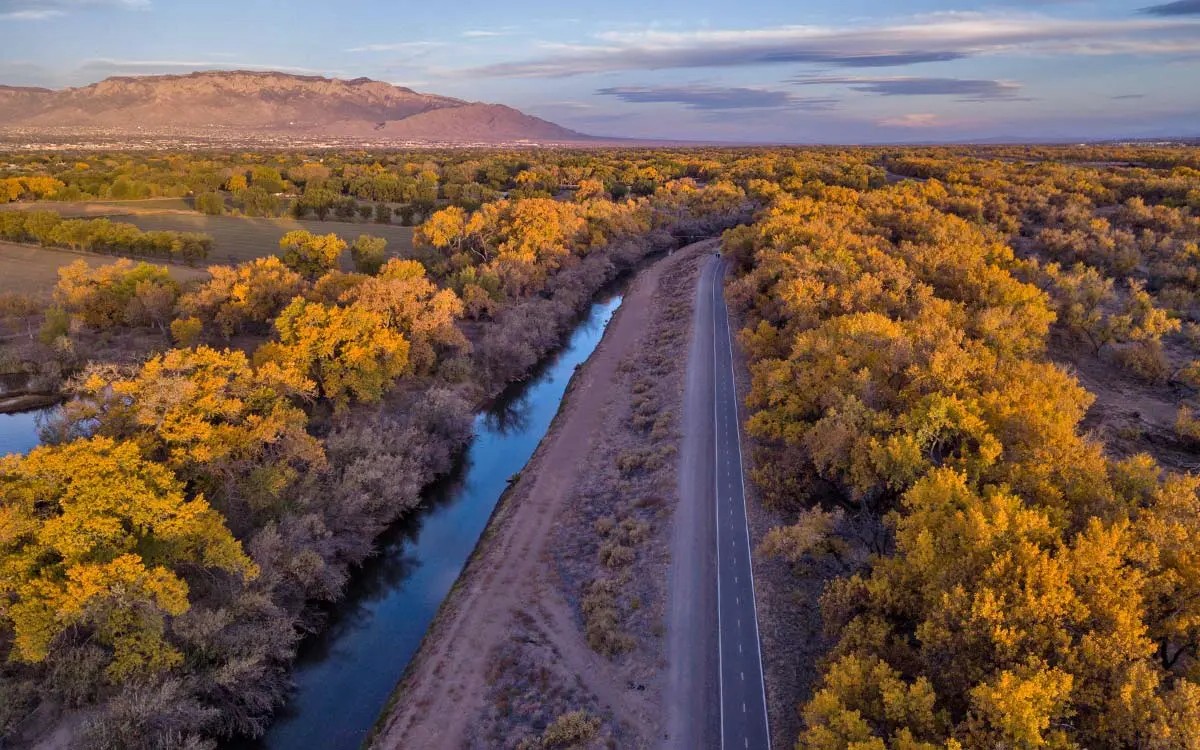Secrets Of New Mexico’s Ancient Pueblo Water Systems

Have you ever wondered how ancient civilizations managed their water supply? New Mexico's ancient Pueblo water systems hold some of the most intriguing secrets. These ingenious systems were designed to collect, store, and distribute water in an arid environment. The Pueblos used a combination of natural features and man-made structures to ensure a steady water supply. From intricate canals to sophisticated reservoirs, their methods were both practical and sustainable. Understanding these ancient techniques can offer valuable lessons for modern water management. Let's dive into the fascinating world of Pueblo water systems and uncover the wisdom of the ancients.
Ancient Pueblo Water Systems: A Marvel of Engineering
New Mexico's ancient Pueblo water systems are a testament to human ingenuity. These systems, developed by the Pueblo people, showcase advanced engineering techniques that allowed them to thrive in an arid environment. Let's explore some of the most fascinating sites where these ancient water systems can be found.
Chaco Canyon: The Heart of Pueblo Civilization
Chaco Canyon, located in northwestern New Mexico, was a major center of Pueblo culture. The canyon's water systems are among the most sophisticated of their time.
Chaco Wash: This natural drainage system was enhanced by the Pueblo people to manage water flow and prevent flooding. They built dams and canals to direct water to their fields.
Casa Rinconada: This large kiva (ceremonial structure) had an intricate water collection system. Rainwater was channeled into underground cisterns, ensuring a reliable water supply.
Pueblo Bonito: The largest great house in Chaco Canyon, Pueblo Bonito, had a complex network of gutters and channels to collect and store rainwater.
Bandelier National Monument: A Glimpse into the Past
Bandelier National Monument offers a look at the daily lives of the Ancestral Pueblo people. The water systems here are a key part of their story.
Frijoles Canyon: The Pueblo people built check dams and terraces along the canyon to capture runoff and irrigate their crops.
Tyuonyi: This circular pueblo had a sophisticated water management system, including reservoirs and irrigation ditches.
Long House: Carved into the cliffs, Long House had channels to direct rainwater into storage tanks, ensuring a steady water supply.
Mesa Verde: Cliff Dwellings and Water Management
Mesa Verde, though located in Colorado, was home to the Ancestral Puebloans who also inhabited New Mexico. Their water systems are equally impressive.
Spruce Tree House: This cliff dwelling had a series of cisterns and channels to collect and store rainwater.
Cliff Palace: The largest cliff dwelling in Mesa Verde, Cliff Palace, had an intricate system of gutters and reservoirs to manage water.
Balcony House: This site featured a unique water collection system, with channels carved into the rock to direct rainwater into storage tanks.
Pecos National Historical Park: A Blend of Cultures
Pecos National Historical Park showcases the blending of Pueblo and Spanish cultures. The water systems here reflect this unique history.
Pecos Pueblo: The Pueblo people built a series of irrigation ditches to bring water from the Pecos River to their fields.
Spanish Mission: The Spanish introduced new irrigation techniques, including acequias (irrigation canals), which were integrated into the existing Pueblo systems.
Glorieta Creek: This creek was dammed and diverted to provide water for both Pueblo and Spanish agricultural activities.
Taos Pueblo: Living History
Taos Pueblo is one of the oldest continuously inhabited communities in the United States. Its water systems are still in use today.
Rio Pueblo: This river provides water for the pueblo's fields and homes. The Pueblo people built a network of acequias to distribute the water.
Blue Lake: Sacred to the Taos people, Blue Lake is a crucial water source. The Pueblo people have long managed the lake and its surrounding watershed to ensure a sustainable water supply.
Taos Plaza: The central plaza of Taos Pueblo has a traditional irrigation system that channels water from the Rio Pueblo to the community's gardens and homes.
Lessons from Ancient Pueblo Water Systems
New Mexico's ancient Pueblo water systems offer valuable insights into sustainable living. These ingenious systems, developed centuries ago, highlight the importance of water conservation and resource management. Pueblo communities used techniques like terracing, check dams, and canals to maximize water use in an arid environment. Their methods ensured that every drop of water was utilized efficiently, supporting agriculture and daily life.
Modern society can learn much from these ancient practices. As water scarcity becomes a growing concern, adopting similar strategies could help address current challenges. The Pueblo people's respect for natural resources and their innovative solutions serve as a reminder of the need for sustainable practices.
Exploring these ancient systems not only enriches our understanding of history but also provides practical lessons for the future. Embracing these time-tested methods could lead to more sustainable water management in today's world.

